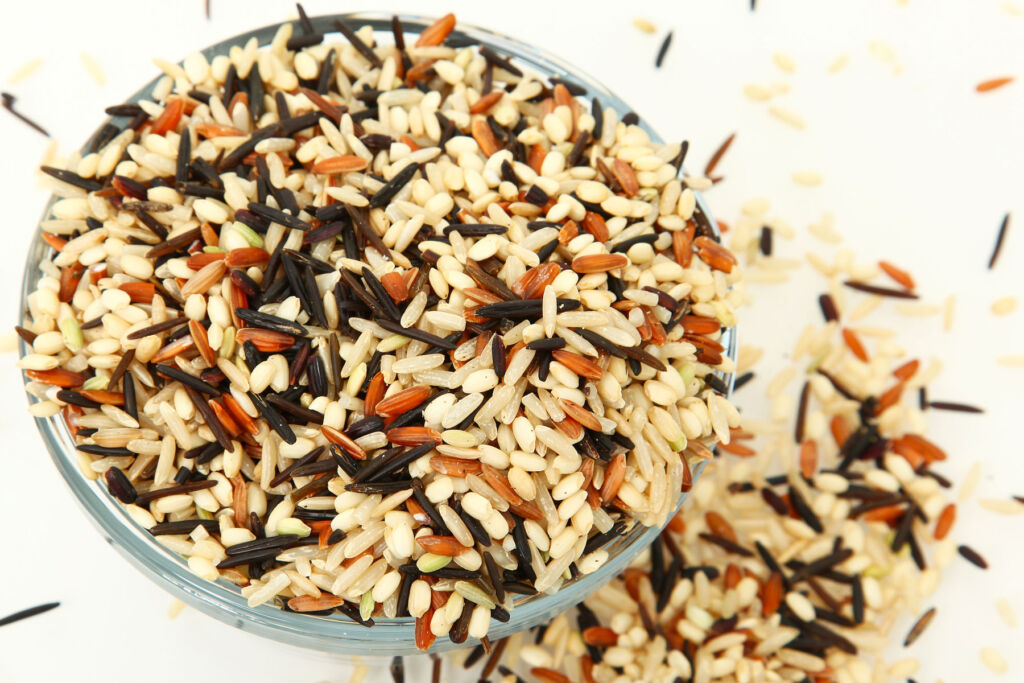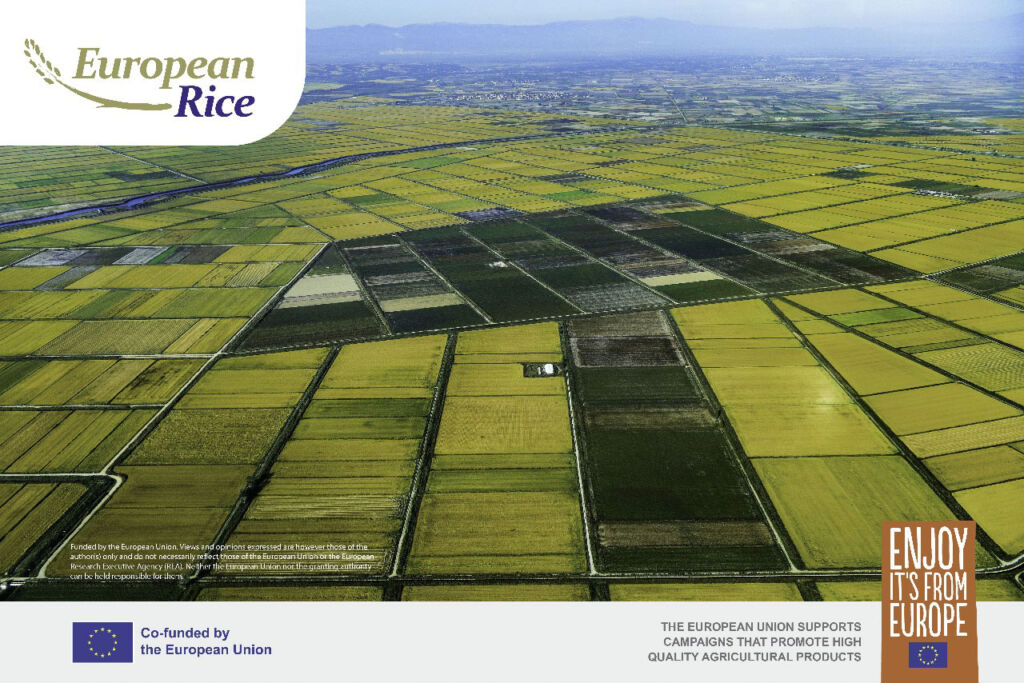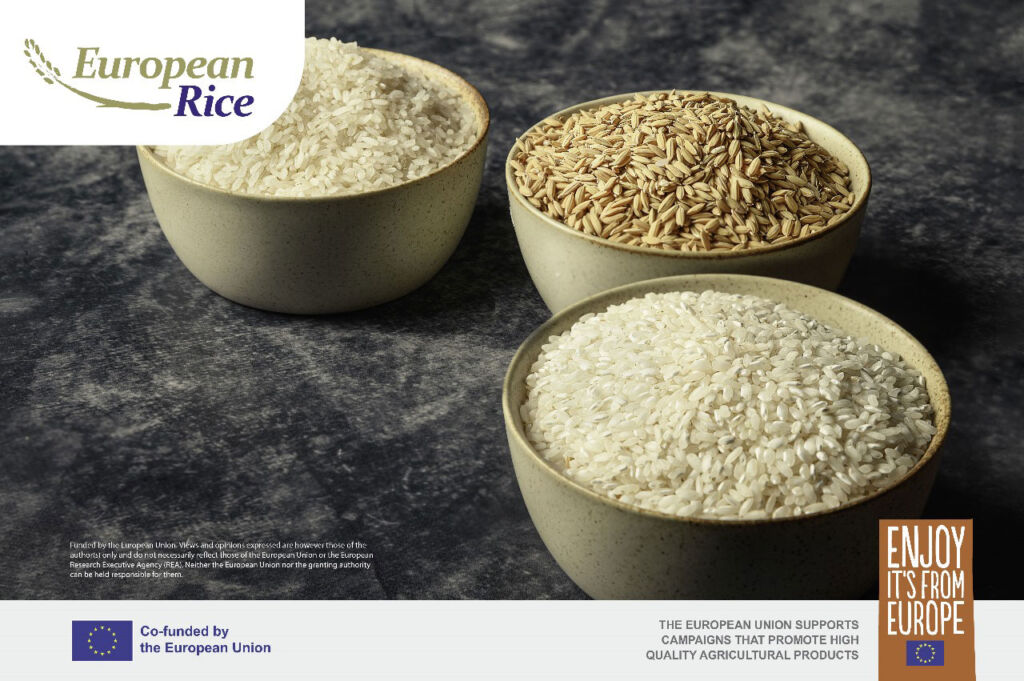
When you think of rice, there’s a good chance that your mind will almost certainly conjure images of Asia, and that’s understandable. However, although Asia is undoubtedly the global powerhouse of rice production, in this feature, our focus will be on European Rice.
Although Europe grows enormous quantities of rice, the vast majority of people are probably unaware it is grown there. To help shine the spotlight on European rice, below are eight facts about this European food product that is not only a mainstay ingredient in tasty food dishes but also brings wider benefits, which we will be delving into.
Towards the end of this feature, we’ll be mentioning some types of rice, which we are sure many will recognise but will be surprised they were grown on the European mainland.
A long history
Rice was first introduced to Europe by the naturalists who followed Alexander the Great in his expeditions well over two thousand years ago.
European Rice is grown in Greece
Better known for its rich culture, history and beautiful beaches, Greece might not seem like the obvious place for rice to be grown. However, the systematic cultivation of rice in Greece began in the 1950s, and Greek rice has a dynamic presence in both the domestic market and abroad.
In 1949, the year marking the end of the fratricidal civil war, hope was offered to the beleaguered agricultural population in Greece by the Experimental Works in Macedonia Service (EWMS) in collaboration with the American Economic Mission in Greece.
They chose the area of Chalastra to establish a trial rice cultivation, aiming to improve the saline soil in the estuaries of river Axios. The experiment was a huge success leading.
European rice flourishes in extremely wet conditions and mild temperatures. The conditions prevailing in the region, such as the brackish soil and warm climate, are ideal for attaining high yields and excellent product quality. This is why rice production is still thriving decades later in the area.

There is a European strategy for rice production
Certified processes, compliant with the Integrated Crop Management System for Rice, are applied by producers for the European rice grown in Greece. This system rests on agricultural practices that respect the environment, protect the health of the producer-cultivator, and offer a safe product to consumers.
High standards are set for European rice
European rice is distinguished for its quality and nutritional value. This is due to high-quality standards being applied to production methods. This results in a quality product, free from plant protection products (like chemical pesticides and herbicides) and other heavy metals which are detrimental to human health.
It is super environmentally-friendly
Of course, a European country importing European Rice means it has a lower carbon footprint, but there is so much more to the eco-credentials than you might think.
For example, precision agriculture is on the rise with respect to growing European rice. This farming management concept is compatible with the ecological approach measures stipulated in the new, reformed Common Agricultural Policy. Its goal is to improve the quality and yield further, simultaneously reduce soil and underground water pollution, and mitigate wider environmental impacts.
It’s great for biodiversity
Rice cultivations expand freshwater habitats in the region, principally during summer, and the rice paddies function as artificial seasonal wetlands, complementing the natural ecosystem. During May, rice paddies are flooded with water and ready for rice seeds.
The flooded fields are filled with small spineless organisms and amphibians, attracting many birds, such as little egrets, black-crowned night herons, ibises, seagulls and other birds, looking for food for themselves and their hatchlings.
It is an export product
Naturally, part of the rice crop from Greece is sold within the domestic market. The rest is exported to other countries, Europe, and the Middle East.
There are two varieties of European rice
The traditional variety of European rice is Japonica. This is a rounder, thicker-grained rice, which is also more ‘sticky’, making it a popular choice for dishes such as risotto, paella and sushi. Japonica accounts for around 75% of European production.
The Indica variety, with its characteristic longer grain, accounts for the remaining 25% of total production. Indica is fluffy when cooked and, among other things, is great in rice puddings.
Now that we’ve enlightened you about European rice, the only thing remaining is to give it a try.

About European Rice
European Rice is a high-quality rice grown in Greece since the 1950s. There are two varieties: Indica Rice (long rain) and Japonica Rice (medium grain). European Rice has a high nutritional value, being rich in B vitamins such as Niacin, Thiamine, Riboflavin and Selenium. The EU is both self-sufficient and a net exporter of Japonica rice.
All European rice complies with the Integrated Quality Management System for the Agricultural Production of Rice, which is based on good agricultural practices that respect the environment, protect the producer-grower’s health, and offer a healthy and safe product for consumers. For more information, visit https://www.europeanrice.eu/.
![]()




You must be logged in to post a comment.